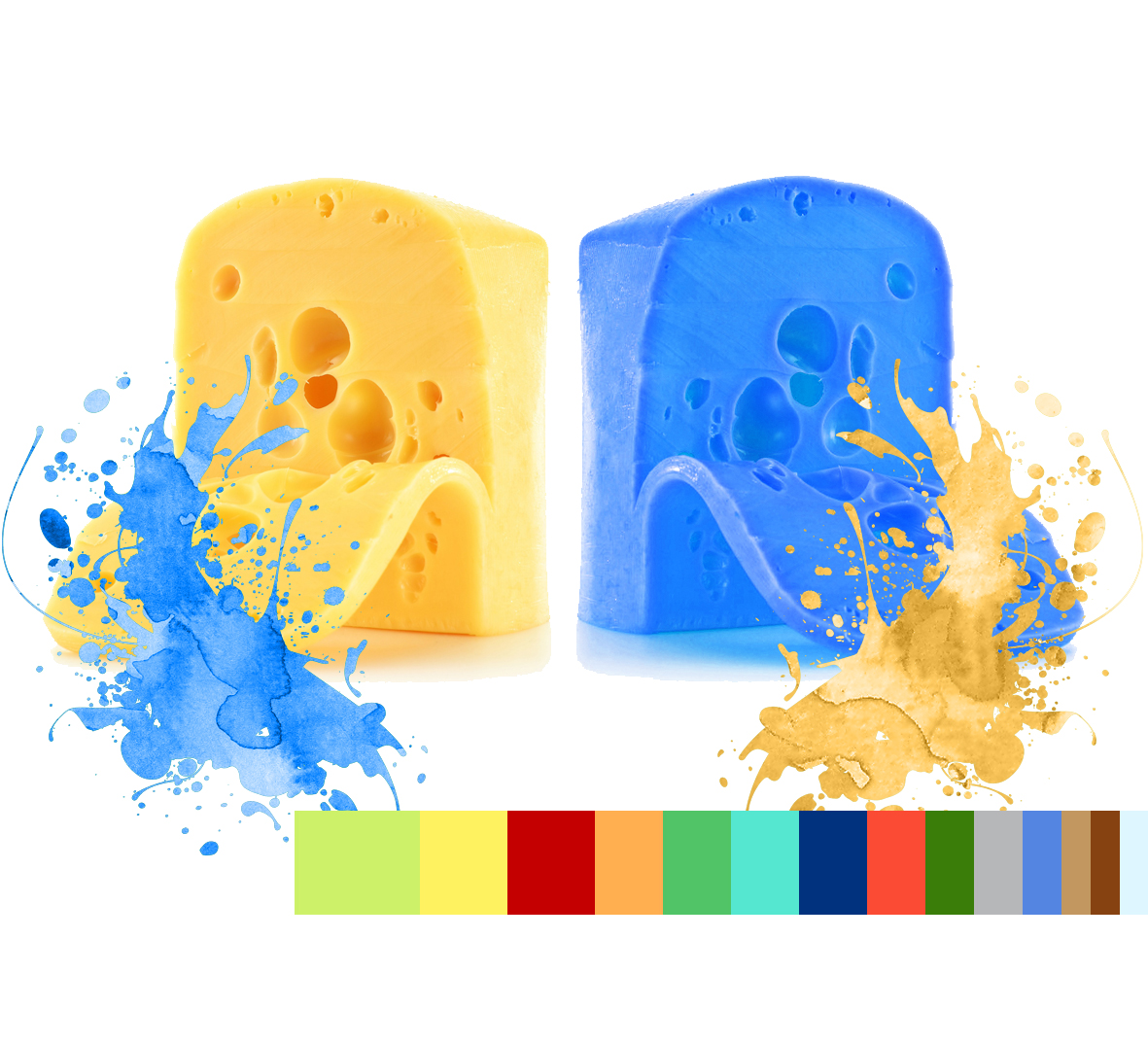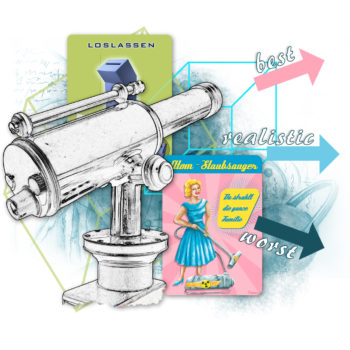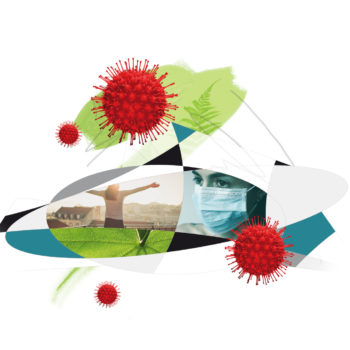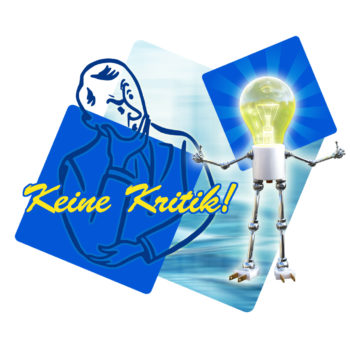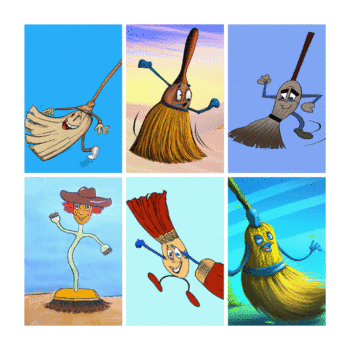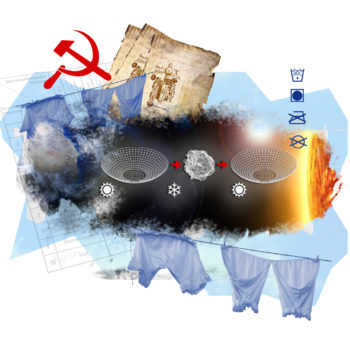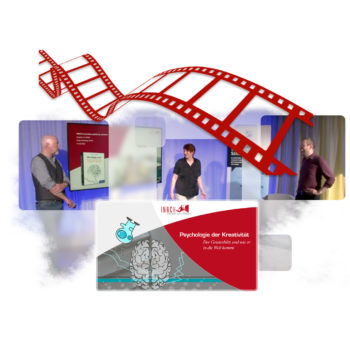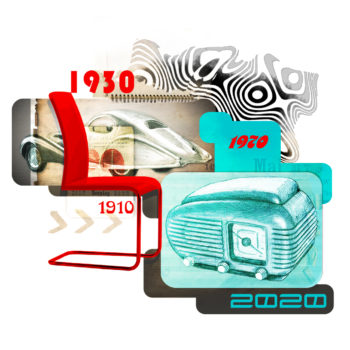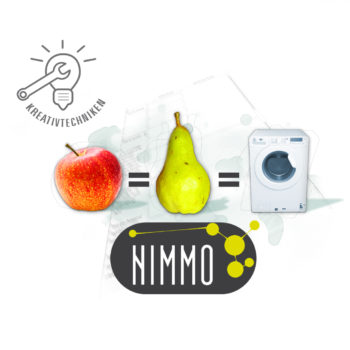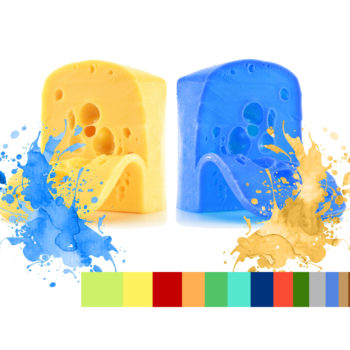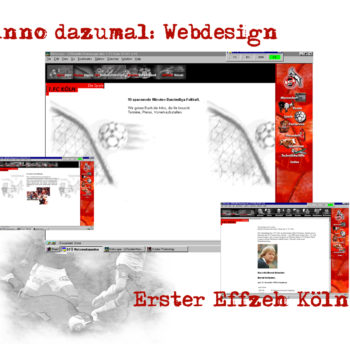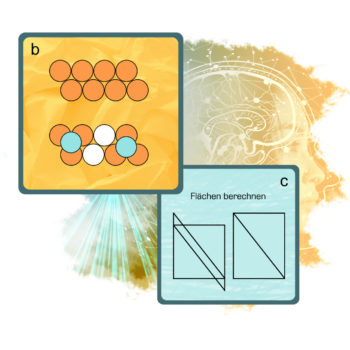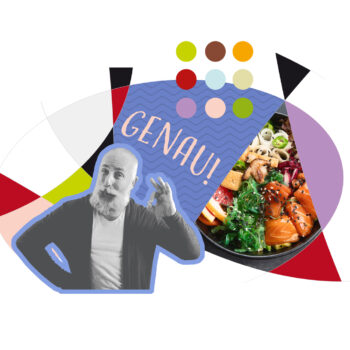There is design research ‘of’, ‘for’ and ‘with’ design: what are the differences, and when is which used?
Blue or yellow? That’s the question here — but often the wrong question at the wrong time. A typical request to us is often: “We are developing a new packaging design for our product. The design is already available, in two different colors, blue and yellow. We would like to know which variant works better.”
Of course, this can be tested or the effect of the two variants can be examined more closely psychologically, and consumers will certainly like one better than the other. If I only have two programs to choose from when watching TV, I would certainly prefer one of them — but an offer like Netflix would actually meet my needs much better. Or anything else. Instead of the yellow and blue packaging, there would be thousands of other options, one of which might be much more appealing to the target group.
It therefore makes more sense and is more effective to know, even before the first draft is developed, which image worlds, i.e. memories, desirable images, symbols, colors, forms, styles, etc., a design has to “dock” with so that it hits people’s life worlds. This incidentally also ensures a significantly better creation, because such knowledge also creates a better basis for inspiration. Who would have thought, for example, that you have to come to seniors with sex appeal and slithery double meanings if you want to sell hearing aids, for example? That creates room for a lot of cool ideas, and different ones than you might have previously suspected.
Not all design research is the same; it exists by, for, and with design. “Of” design means testing a design, such as an ad. Blue or yellow? “For” design means that the research provides the basis for creating a design that meets the needs of consumers*. If research is conducted “with” design, then design procedures are used in addition to psychological exploration. Such “practice-integrating” methods look at the object through the eyes of the designer: What does he or she need to develop designs?
Those who know us a little know that we stand for design research “for” and “with” design and are passionate about this sequence, which is unfamiliar to many. Of course, design research “for” design requires different research than design research “of” design. Querying won’t help. After all, there is still nothing that can be queried. The focus is rather on the life worlds of the target group, on their experiences and their images of memory and imagination, their longings, hopes, fears, wishes, needs. At the same time, such “practice-integrating” methods are needed not only to find out what needs people have, but also what form and color these needs take.
And now — attention advertising: With the Design Guide we have a method that can explore these basics with manageable effort. Sometimes two or four small groups are enough to steer the creation development in the right direction. It pays off in the end. Yellow or blue? That’s no longer the question.

